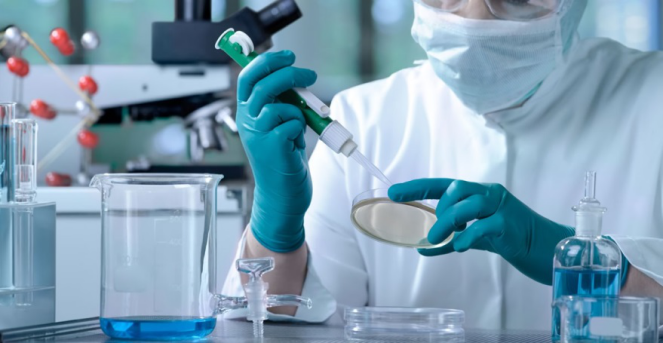The quality of jujube root seedlings is closely related to the site of emergence. The general condition is closer to the trunk of the mother tree, and the quality of the root seedlings planted on the rough roots of the mother tree is worse. Such root seedlings rely mainly on the nutritional life provided by the mother tree roots. Although the above-ground part grows vigorously, its rooting ability is weak, and its roots are underdeveloped or rootless. Therefore, the survival rate at the time of colonization is low, and the damage to the mother tree's root system is heavier when it is raised. However, the root seedlings that are farther away from the trunk of the mother tree are born with fine roots and have higher quality. This is due to insufficient nutrients supplied by the mother trees. Need to take root and absorb a nutrient. Although the upper part of this kind of root seedlings is not as strong as the former, there are many roots and the survival rate of transplanting is higher than that of the former, which is generally about 90%. In addition, root seedlings that grow on fine roots farther from the mother tree. Due to the slow growth, branches are more full, with more roots, and they grow faster after transplanting. The result is early. Therefore, when cultivating seedlings using the ramets method, the root seedlings farther away from the mother tree should be cultured as far as possible, and the root seedlings under the canopy should be removed as soon as possible.
Use this side to raise seedlings, easy to shape, low cost. However, there are also many shortcomings: First, there is a small amount of seedlings; the number of nursery stocks per year on a female tree is only a few to more than ten strains, and the number of seedlings per acre is within a few hundred strains; second, the seedlings are not neat, because The rooting seedlings mainly rely on the mother tree to provide nutrients. Because the roots have different strengths and weaknesses due to the different parts of the roots, the seedlings show size and thickness after seedling emergence. The third is that seedling roots are not numerous: due to the year of birth. The growth of root seedlings depends mainly on the mother tree, so the yielding roots are few and the roots are stunted. This kind of seedling has a low survival rate after transplanting, so it should bring 15~20cm long mother root when raising seedlings.
Active Pharmaceutical Ingredient (API)
We are a manufacturer and supplier of raw materials, intermediates for pharmaceuticals, as well as Active Pharmaceutical Ingredient (API). Our focus is on providing customers with high quality, fair priced products, coupled with our broad range of technical know-hows on fundamentals, vast industrial experience on applications, professional expertise on health and safety, and efficient logistics on customer services. We have established good market for our intermediates in India, Korea and EU. Besides of their intermediates, we can also synthetize the API directly. We also have some API by fermentation, Polymyxin B Sulfate is one of them and we are developing more APIs as well.
Our production is based on GMP standard workshop, according to international Pharmacopoeia standard, making sure your experience with Sunshine Biotech is always enriching, satisfying and fulfilling.

Active Pharmaceutical Ingredient (API)
Active Pharmaceutical Ingredient,Polymyxin Sulfate,Ziprasidone Hcl,Polymyxin Sulphate
Nanjing Sunshine Biotech Co., Ltd , http://www.sunshine-bio.com